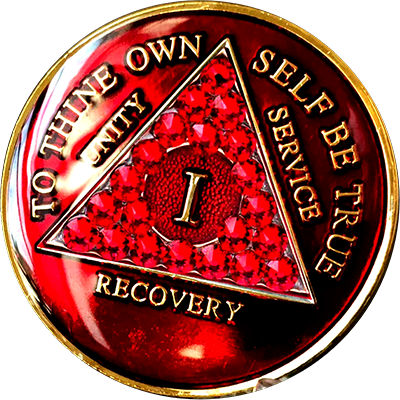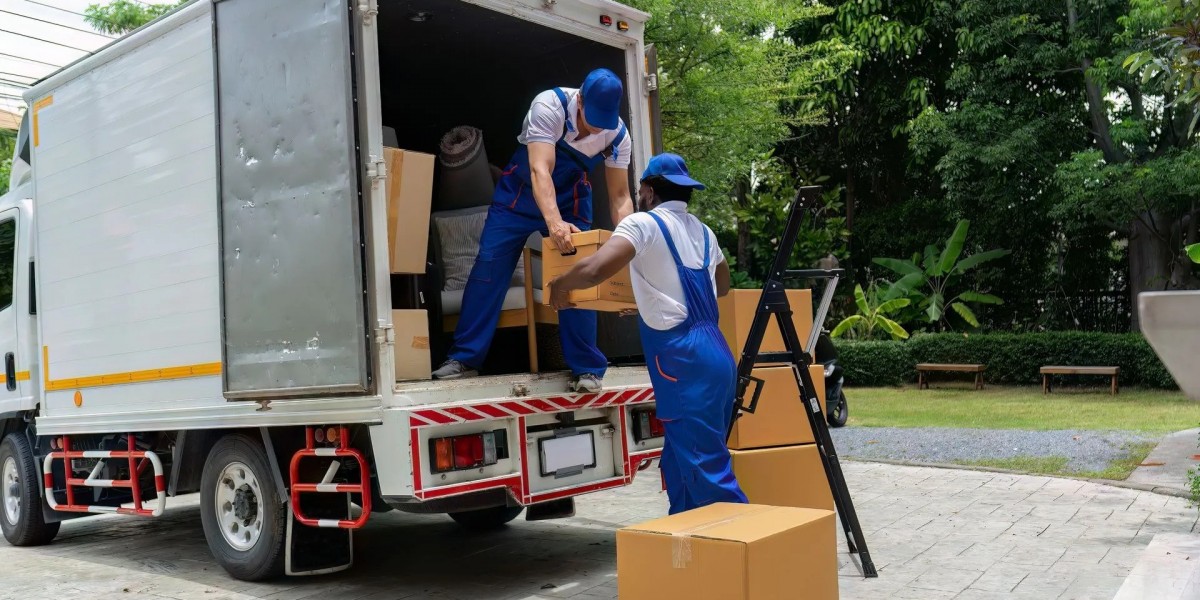Imagine this: a medium-sized manufacturing company in Lahore unknowingly dumps chemical waste into a nearby water body. Months later, they face a massive fine and temporary shutdown, not because they were intentionally negligent—but because they didn’t follow the proper environmental reporting procedures.
Unfortunately, this isn’t a rare story. Across industries, compliance with environmental regulations has become a major concern. Not only do these laws protect the environment, but they also help businesses avoid costly penalties, protect their reputation, and ensure safe conditions for workers.
In Pakistan, especially for professionals aiming to advance their safety knowledge, the NEBOSH course in Pakistan offers practical insights into environmental hazards and workplace compliance. This course doesn’t just help individuals—it plays a role in improving overall organizational practices too.
Understanding Environmental Reporting in the Workplace
Environmental reporting involves collecting and submitting data related to a company's environmental impact. This can include:
Waste management
Air emissions
Chemical usage
Noise pollution
Water discharge
It’s not just about ticking boxes for the government; it’s about maintaining a sustainable and responsible workplace. Regulatory bodies want to ensure that businesses are transparent and accountable. If you're running a facility that produces emissions or handles hazardous substances, you have legal obligations to report this activity.
Common Workplace Hazards Tied to Environmental Issues
Many environmental violations are rooted in poor hazard management. These include:
Improper storage of chemicals
Unregulated emissions from equipment
Unsafe disposal of industrial waste
Lack of employee awareness about environmentally hazardous materials
Let’s say you operate a textile unit in Faisalabad. Your dyeing machines produce wastewater containing heavy metals. If you’re not testing that water or documenting your disposal method, you might be violating reporting laws—possibly putting your employees and community at risk.
Step-by-Step Guide to Environmental Compliance
Step 1: Identify the Relevant Laws and Regulations
Every country—and often region—has its own set of environmental compliance requirements. In Pakistan, key authorities include:
Pakistan Environmental Protection Agency (Pak-EPA)
Provincial EPAs
Local municipal regulations
Familiarize yourself with what must be reported, how often, and in what format. This includes emissions records, water quality data, and hazardous waste inventories.
Step 2: Assign Responsibility Within the Organization
Environmental compliance shouldn’t be left to chance. Assign a safety officer or compliance manager who is trained in environmental laws. This is where workplace safety courses like NEBOSH come in. They equip professionals with the know-how to monitor, record, and report environmental data effectively.
Step 3: Monitor Environmental Outputs Regularly
Use sensors, meters, and manual logs to track air emissions, noise levels, and waste disposal. For example, if your HVAC system emits refrigerants, you’ll need accurate data on how much is released and when.
Step 4: Create Documentation and Retain Records
Always maintain up-to-date records. These might include:
Waste transport receipts
Monthly air quality reports
Employee training logs on hazardous material handling
Digital platforms or environmental management systems (EMS) can streamline this process, reducing manual error.
Step 5: Submit Reports on Time
Most environmental authorities have set deadlines for submitting compliance reports. Missing these can lead to fines—even if your facility is fully compliant in practice. Set up reminders and automate submissions when possible.
Real-World Example: Small Oversight, Big Cost
A packaging unit in Karachi once failed to record the disposal method of its solvent-based inks. Although their emissions were under control, the missing disposal documentation led to a heavy inspection and a fine of PKR 500,000. The issue wasn’t pollution—it was poor compliance tracking.
The lesson? Doing the right thing isn’t enough. You need proof that you’re doing the right thing.
How to Train Your Team for Better Compliance
Employee training is essential. Workers should be aware of:
How to handle hazardous materials
What actions might cause environmental harm
Where to report spills or leaks
This is where the NEBOSH course in Pakistan adds value. Not only does it cover general occupational health and safety, but it also dives into environmental hazards and reporting protocols. A trained team can identify risks early, act responsibly, and keep your workplace in good standing.
Tools That Can Help
Several tools and software platforms help businesses remain compliant:
Environmental Management Information Systems (EMIS)
Air quality monitoring sensors
Noise mapping software
Mobile inspection checklists
Investing in the right tools not only makes compliance easier but also improves your overall operational efficiency.
Barriers to Compliance (And How to Overcome Them)
Some businesses struggle with compliance because they believe:
It’s too expensive
It’s too complex
It’s not necessary unless something goes wrong
But these myths can be dangerous. The cost of non-compliance—both financial and reputational—often exceeds the cost of getting it right from the beginning.
You can overcome these challenges by:
Providing regular training
Allocating budget for compliance tools
Staying updated with law changes
Consulting experts when needed
Ready to Take the First Step?
If you’re unsure whether your workplace is meeting environmental reporting standards, conduct an internal audit. Check your current practices against the legal requirements and identify any gaps.
Educating your team is a vital part of this journey. Many businesses across Pakistan are now enrolling their safety officers in programs like the NEBOSH course in Pakistan to get ahead of compliance issues.
Explore details like the NEBOSH course fee in Pakistan to get started.
Conclusion: Compliance Is More Than a Legal Requirement—It’s a Responsibility
Environmental reporting laws are there for a reason. They’re not just about avoiding fines—they’re about creating workplaces that respect the health of people and the planet.
Take action today. Review your reporting processes, train your team, and build a culture of environmental responsibility. Because the real cost of non-compliance isn’t just measured in money—it’s measured in trust, safety, and sustainability.
































